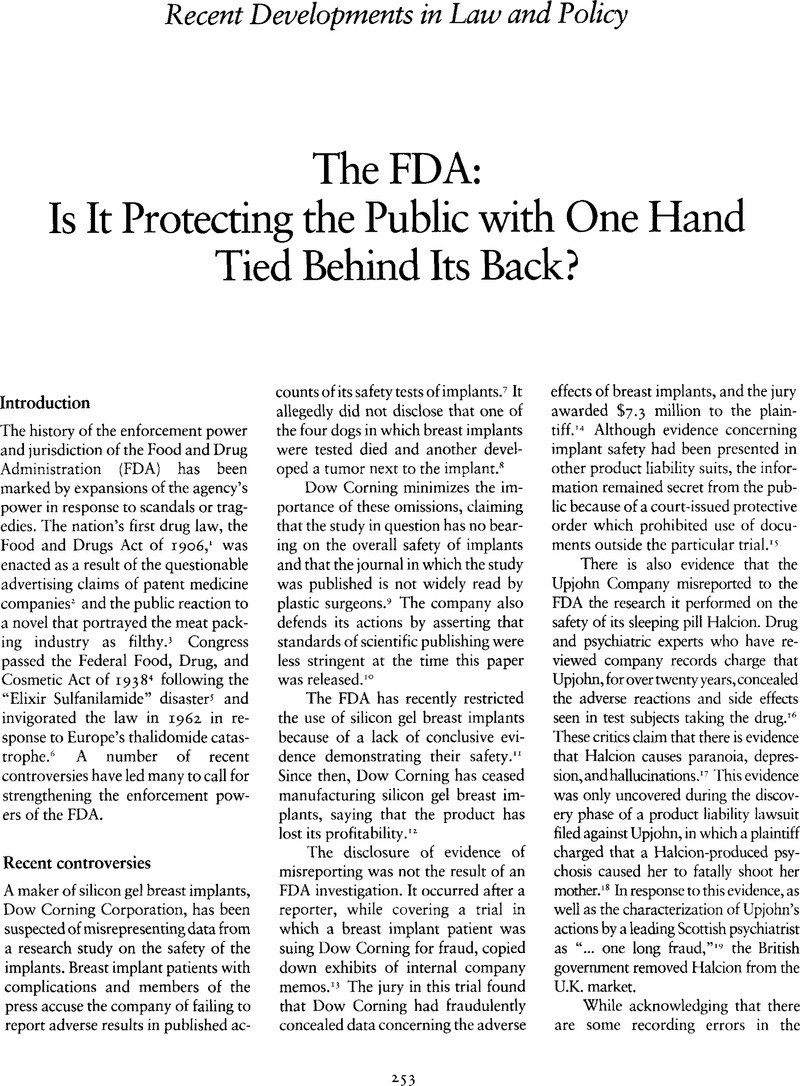Crossref Citations
This article has been cited by the following publications. This list is generated based on data provided by Crossref.
Wiktorowicz, Mary E.
2003.
Emergent Patterns in the Regulation of Pharmaceuticals: Institutions and Interests in the United States, Canada, Britain, and France.
Journal of Health Politics, Policy and Law,
Vol. 28,
Issue. 4,
p.
615.



